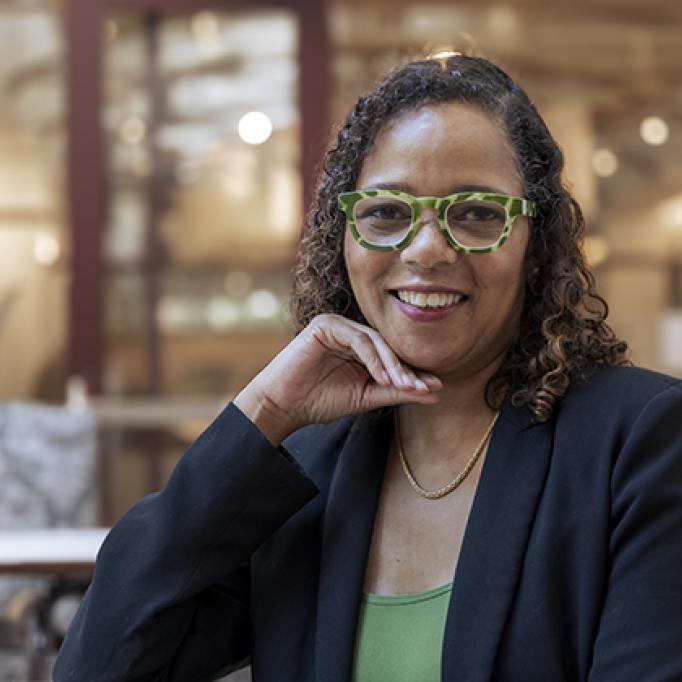Research Combining Humans, Robots, and Unicycles Receives NSF Award
2 min read
Novel research to improve tailored assistive and rehabilitative devices wins NSF Grant
Finding Clarity in the Noise: A New Way to Recover Hidden Signals at the Nanoscale
2 min read
Georgia Tech researchers develop a method to extract reliable information from noisy data in nanoscale imaging, advancing the study of ferroelectric materials.
Georgia Tech Advances 500+ Technologies Toward Market for Real-World Impact
3 min read
Record-breaking numbers from the Office of Commercialization drive meaningful inventions, IP, and industry partnerships.
Stepping Into the Future: A Paralyzed Veteran Returns to Georgia Tech for His Ph.D.
6 min read
When Ignacio Montoya left Georgia Tech, he became paralyzed in a motorcycle accident. Now he’s pursuing a Ph.D. to improve life for all spinal cord injury survivors.
Rogue Waves Aren’t Freaks of Nature — They’re Just a ‘Bad Day’ at Sea
4 min read
New Georgia Tech-led research shows that rogue waves — once thought to defy ocean physics — can be explained by ordinary wave patterns aligning in extraordinary ways.
College of Sciences Announces Launch of AI4Science Center
2 min read
The new center will promote research and collaboration focused on using state-of-the-art artificial intelligence and machine learning techniques to address complex scientific challenges.












